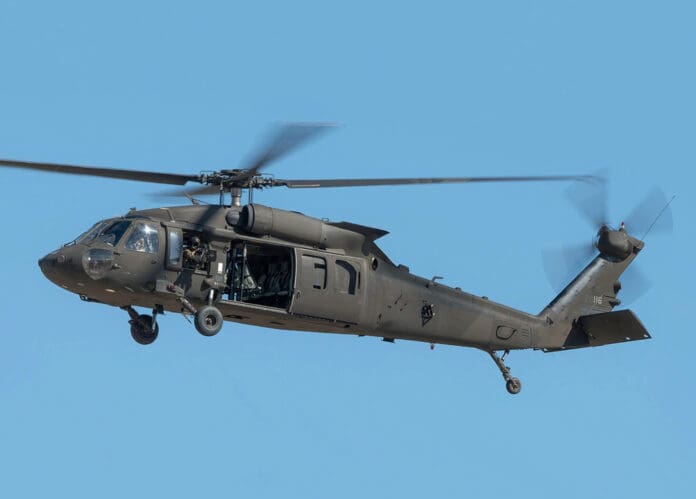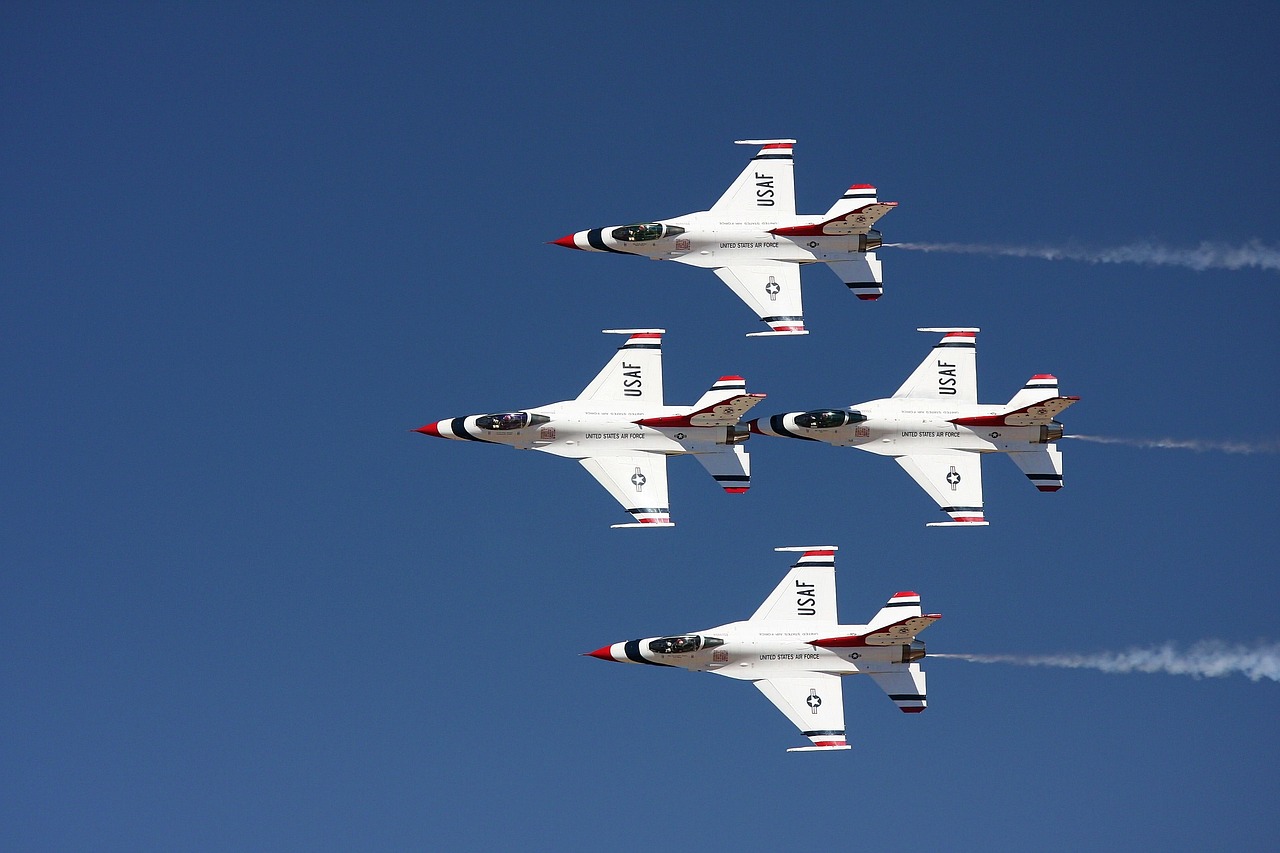This post is also available in:
 עברית (Hebrew)
עברית (Hebrew)
The U.S. Army has equipped select rotary-wing aircraft with a new generation of airborne communication systems, shifting toward software-defined radio (SDR) architectures across its aviation platforms. The integration of the AN/ARC-231A Multi-mode Aviation Radio Set (MARS) is the first stage of a wider deployment aimed at replacing aging ARC-231 systems currently in use.
According to the press release, the AN/ARC-231A introduces significant improvements over its predecessor, most notably the ability to receive upgrades and new functions through software updates. This removes the need for extensive hardware modifications, reducing maintenance and lifecycle costs while enhancing flexibility in adapting to evolving operational demands.
The system includes the RT-1987 radio unit, associated amplifiers, and compatible mounting hardware. Designed as a direct replacement for the older equipment, the components allow for streamlined installation on existing aircraft without major structural changes.
The new radio set provides secure, multi-band voice and data communication and meets U.S., NATO, and international aviation standards, ensuring interoperability across joint and coalition forces. Beyond basic communication, the AN/ARC-231A supports advanced networking functions, enabling integration into modern battlefield command-and-control systems.
This fielding effort is closely linked to the U.S. Army’s modernization program, ensuring that current platforms remain interoperable with future aircraft and battlefield networks. Technologies like the AN/ARC-231A are seen as foundational to creating a seamless digital communications environment across legacy and next-generation fleets.
While this deployment marks a key step for Army aviation, similar systems are being adopted more widely. In recent years, large-scale procurement of tactical radios has extended across multiple branches of the U.S. military and allied forces. The trend reflects growing demand for adaptable communications infrastructure that can evolve alongside modern warfare requirements.
By shifting to software-defined solutions, military aviation platforms gain long-term adaptability, improved security, and enhanced integration with emerging networked operations—priorities that continue to shape defense communications strategy worldwide.


























